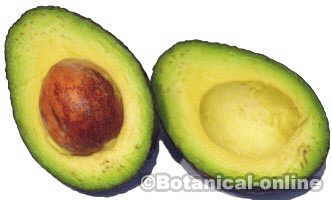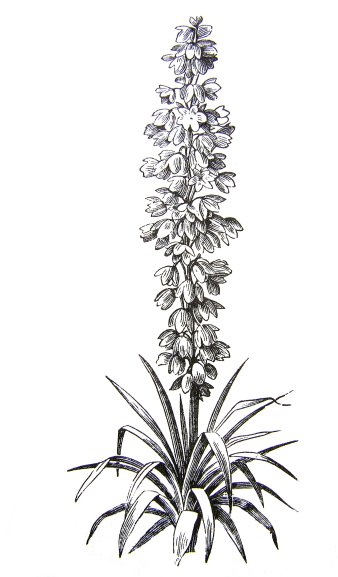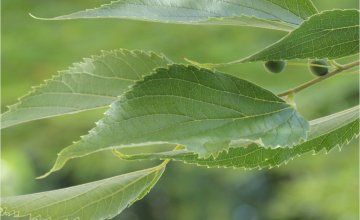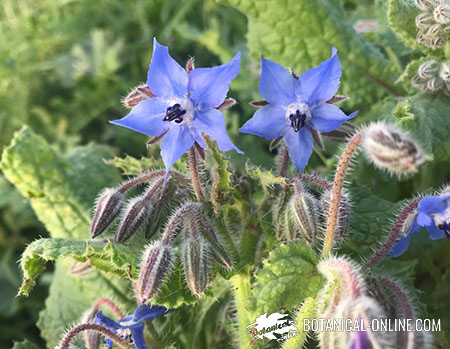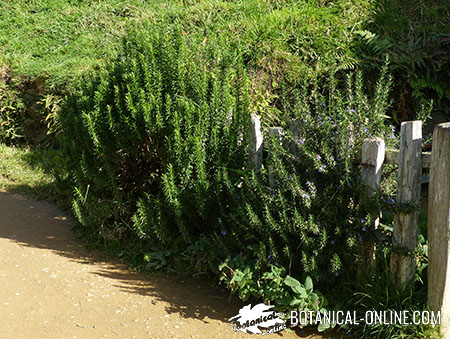Contents
What is a wild thyme plant?
Characteristics of wild thyme (Thymus serpyllum L.)
Common name: Creeping thyme, wild thyme, mother-of-thyme.
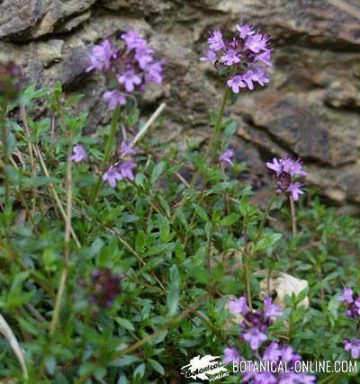
– Spanish: Serpol, tomillo silvestre, tomillo serpol o sanjuanero.
Scientific name: Thymus serpyllum L. (Syn. T. angustifolius)
Etymology: The word serpyllum derives from the Greek and means to snake, alluding to the creeping habit of the plant.
Family: Labiatae
Distribution and habitat of wild thyme
Shrub native to Europe, predominant in the northern and central countries of the continent as a wild plant.
Cultivated in gardening as an aromatic and medicinal plant.
It grows in habitats similar to thyme (Thymus vulgaris), but with more humidity: rocky terrains, roadsides, uncultivated lands, etc.
Plant description
Perennial plant of the Labiatae family, a relative of thyme (Thymus vulgaris).
Creeping stems, and erect at the end, up to 25 cm. high.
Entire leaves, oval and larger than those of thyme.
Labiate flowers gathered in terminal inflorescences. It blooms from May until the end of summer.
Plant composition
The plant’s richness in essential oils stands out, giving it a balsamic smell.
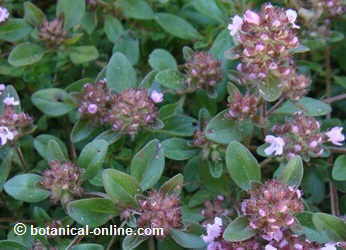
- Essential oil (1%): thymol (30%), carvacrol (20%) and cimol mainly; p-cymene, zingiberene, limonene.
- Rosmarinic, caffeic, ursolic acid
- Tannins (7%)
- Bitter principle: Serpillina
Uses of wild thyme
This plant from the Labiatae family is used as:
- Ornamental plant: Cultivated for its scented flowers and its rusticity.
- Seasoning: Wild thyme is an aromatic herb, ideal for seasoning stews and roasts.
- Honey plant: It is highly appreciated by bees, which produce monofloral honey through pollination of its flowers.
- As a medicinal plant

